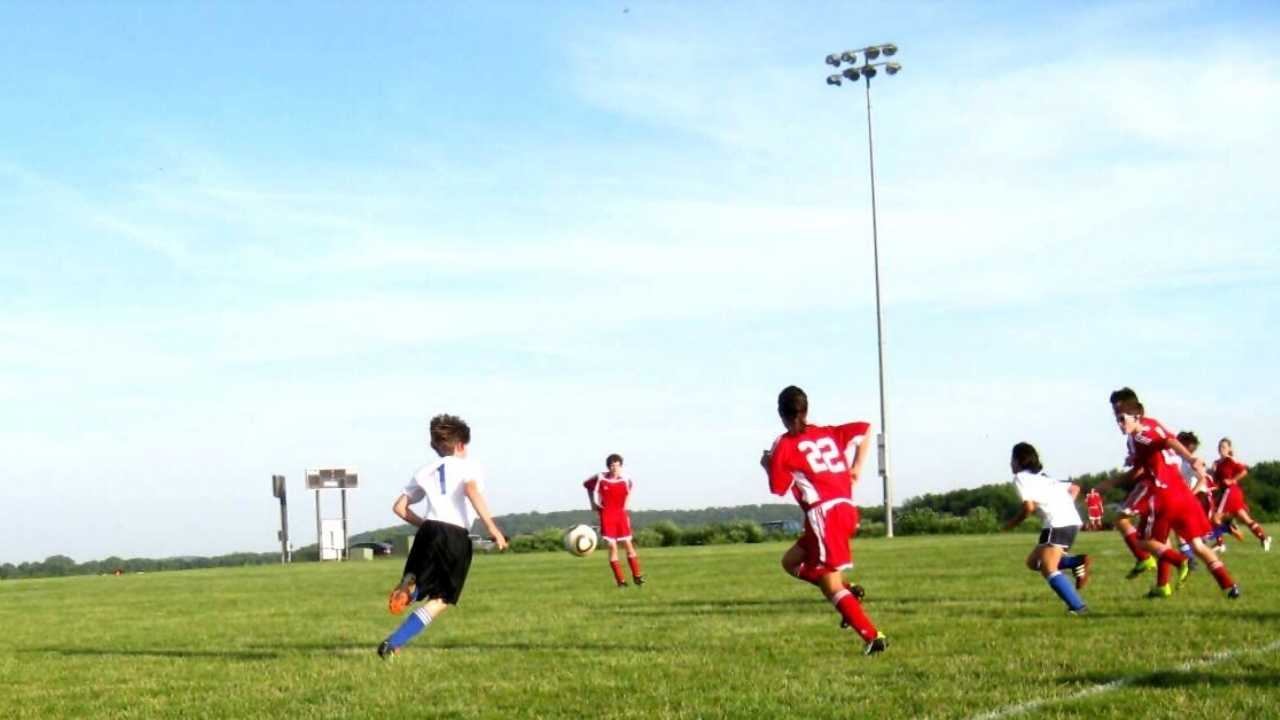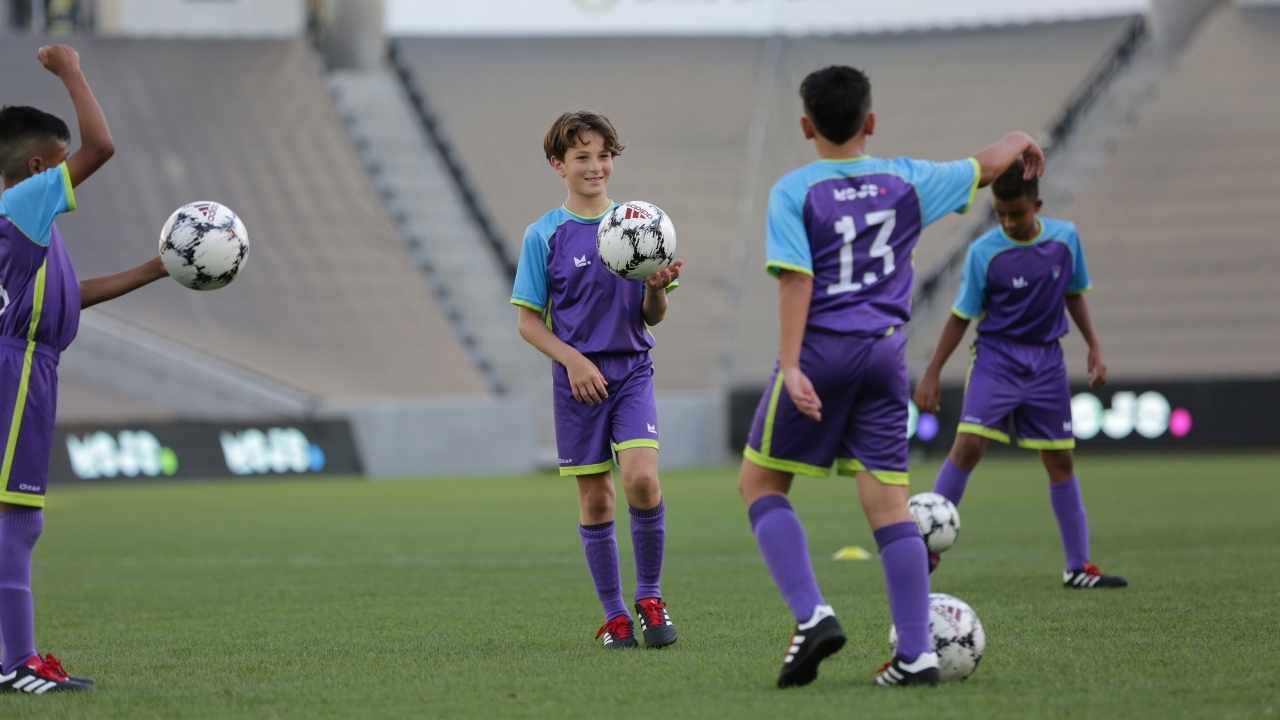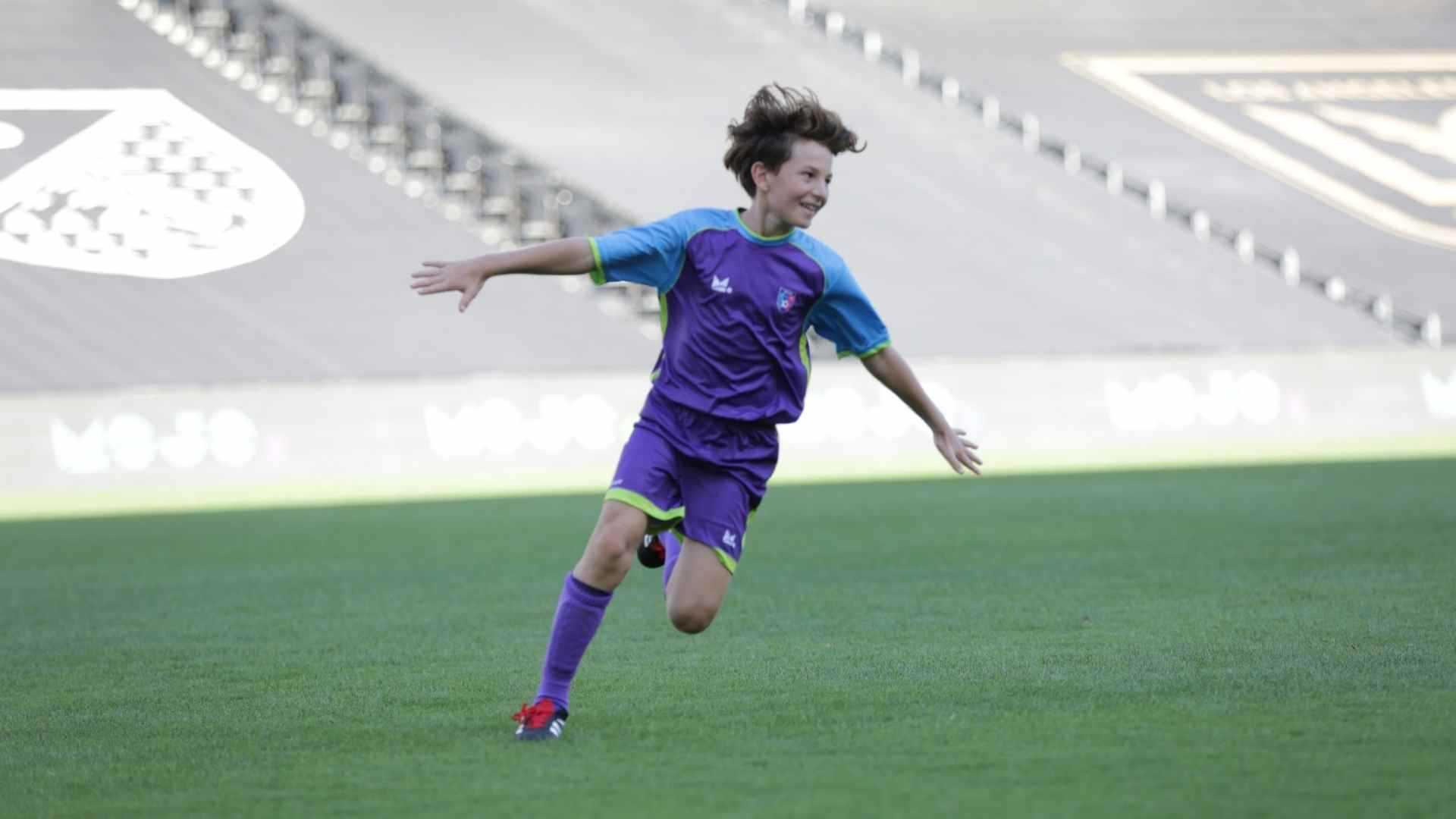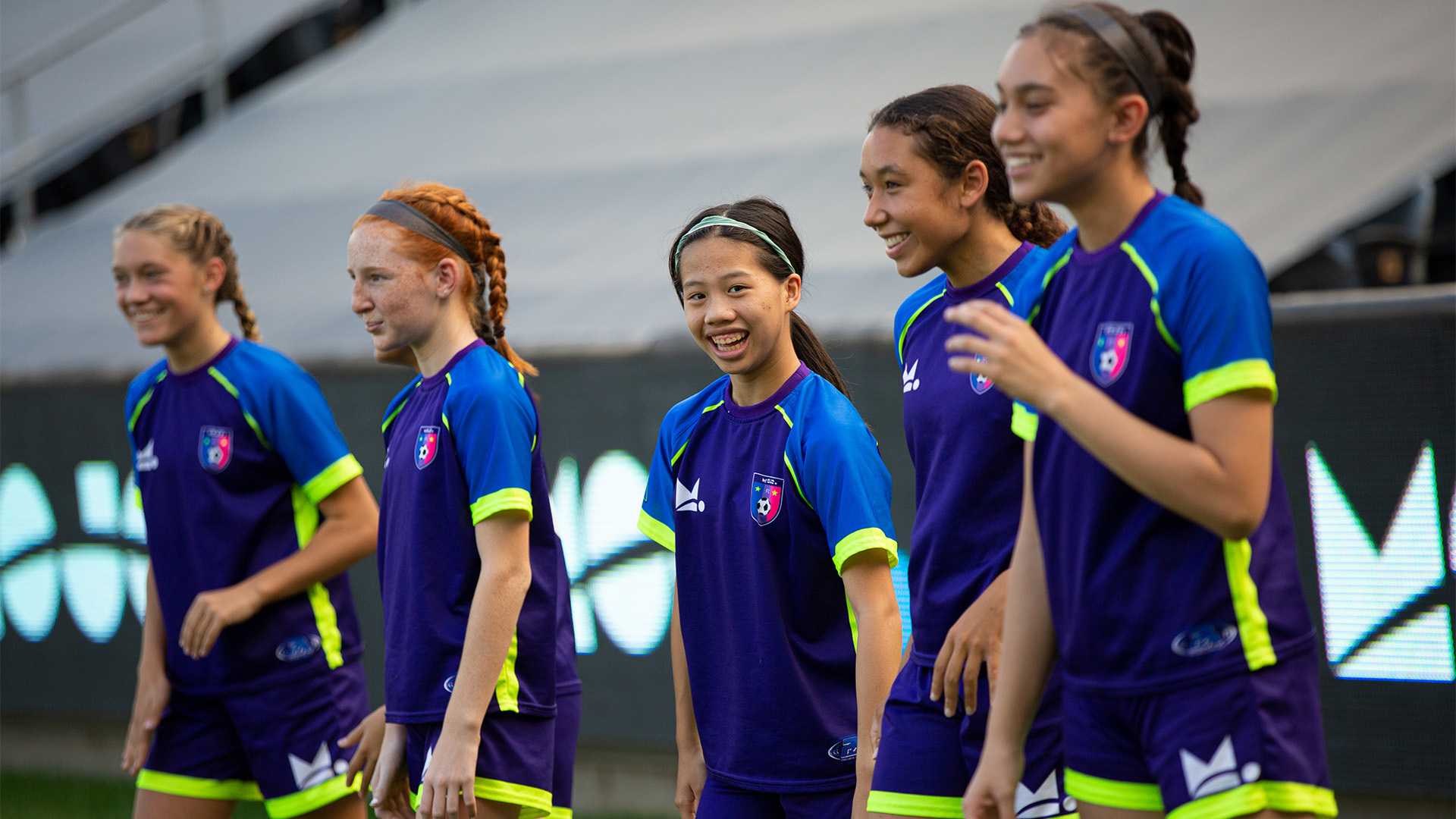The Rules of Youth Soccer — Explained
First-time coaches, this handy rundown is just for you
Sue Pierce
| 6 min read

Twenty20
I have a confession to make. For six years, I watched my daughter’s soccer games, and I still had no clue about the rules.
Luckily, I’m not her coach. But if you just signed up to be a coach, especially for the first time, you’ll need to know the basics. According to the IFAB, there are 17 laws – yes, they’re called laws – of the game. I talked to Tom Condone, the director of sport and member development for US Youth Soccer, to get a better idea of which ones are most important for new coaches of young players.
Added bonus for me: Corner kicks make a lot more sense now!
The setup
Many of the rules that make up the laws of soccer will be taken care of by your local soccer organization.
“We look at the IFAB laws as a template and we make modifications to that, especially when we talk about recreational leagues,” says Condone. Making the field smaller, changing the number of players and not having goalies or the offside rule lets younger kids work on ball skills instead of getting bogged down in rules.
Two especially tricky soccer rules
What parents and new coaches tend to get wrong
Handball. Pretty much everyone knows you can’t use your hands in soccer. But the rule itself is more complicated.
If the ball touches anywhere from the tip of a player’s finger to the shoulder, it’s a handball. The call is determined by whether or not the touch was intentional or unintentional — and it’s often hard to tell from the sidelines.
“It’s a rule that parents are consistently wrong about,” says Condone. “It’s really not their fault per se because it keeps on changing and there’s so many interpretations of it.”
Refs in rec leagues can be more flexible with the rules, especially with younger players. A 7-year-old who throws his hands up as a reflex might get an explanation from the ref, not a foul.
Offside. First things first – it’s “offside,” not “offsides.” And the offside rule is a bit baffling for both new coaches and parents. According to FIFA, “a player is offside if he/she is nearer to their opponents’ goal line than both the ball and the second last opponent.”
Got it?
Well, there’s more. A player is only called for being offside if he/she is involved in active play, like receiving a pass. Technically, a player can hang out by the goal, as long as the ball’s nowhere nearby. Luckily, explains Condone, “many recreation associations don’t have offside, especially at the younger ages.”
Soccer rules just for kicks
Four types of kicks, explained
Kickoff. Games start with a kickoff. A coin toss usually determines which team is doing the kicking. Players are in position on their side of the field – hopefully not doing cartwheels. The ball starts on the ground in the center of the field and the player taking the kickoff can kick the ball in any direction, so long as it moves.
Fun fact: A kickoff from centerfield also restarts the game after a goal is scored.
Corner kick. When the defending team kicks the ball out of bounds over their own goal line, the attacking team gets to take a corner kick from – you guessed it! – the corner of the field.
Bonus: While rare, players who can bend the ball’s path can actually score a goal from a corner kick.
Goal kick. If the attacking team kicks the ball out of play over the goal line, the defending team gets a goal kick. The goalie, or another player, kicks the ball upfield from the goal box.
Bonus: If the ball goes directly into the goal on the other side of the field, that goal counts.
Free kick (aka: direct or indirect kick). After a foul is called, a player on the opposing team can take a free kick. The kick type is determined by the foul. Excessive force – pushing, shoving – results in a direct kick by the opposite team, as does a handball.
“The most common reason for an indirect kick is when a player is offside,” says Condone. Or when a goalie handles the ball illegally. Heads up: It’s possible to score with a direct kick while an indirect free kick needs to be touched by another player before going into the goal.
Three more good ones
This fun is for all ages.
Throw in. Oh-so-many times in youth soccer, the ball will get kicked out over the side lines. The team who did NOT touch the ball last gets a throw in to restart the play.
Most important: The player doing the throwing must keep both feet on the ground. You will remind your players of this again and again … and again. It’s a tough one for kids.
The player also has to hold the ball with two hands and make the throw over his/her head. What can we say? It’s the law.
Two-touch. A player cannot take a corner kick, for example, and then kick the ball again before another player touches the ball. Same goes for a throw in – a player can’t throw the ball and then follow it up with a kick. There’s no “I” in “team,” after all.
Foul. No one wants to watch their kid get a grass stain on their face after a stumble. But soccer is a contact sport.
“General shoulder to shoulder contact is certainly within the rules,” says Condone. If it turns into pushing, intentional tripping or holding, refs will call a foul. A foul will usually trigger a direct kick (see above).
The best soccer rule for last
We leave you with this – the ref is always right. Always.
Related articles
3 Things to Avoid When Coaching Soccer





